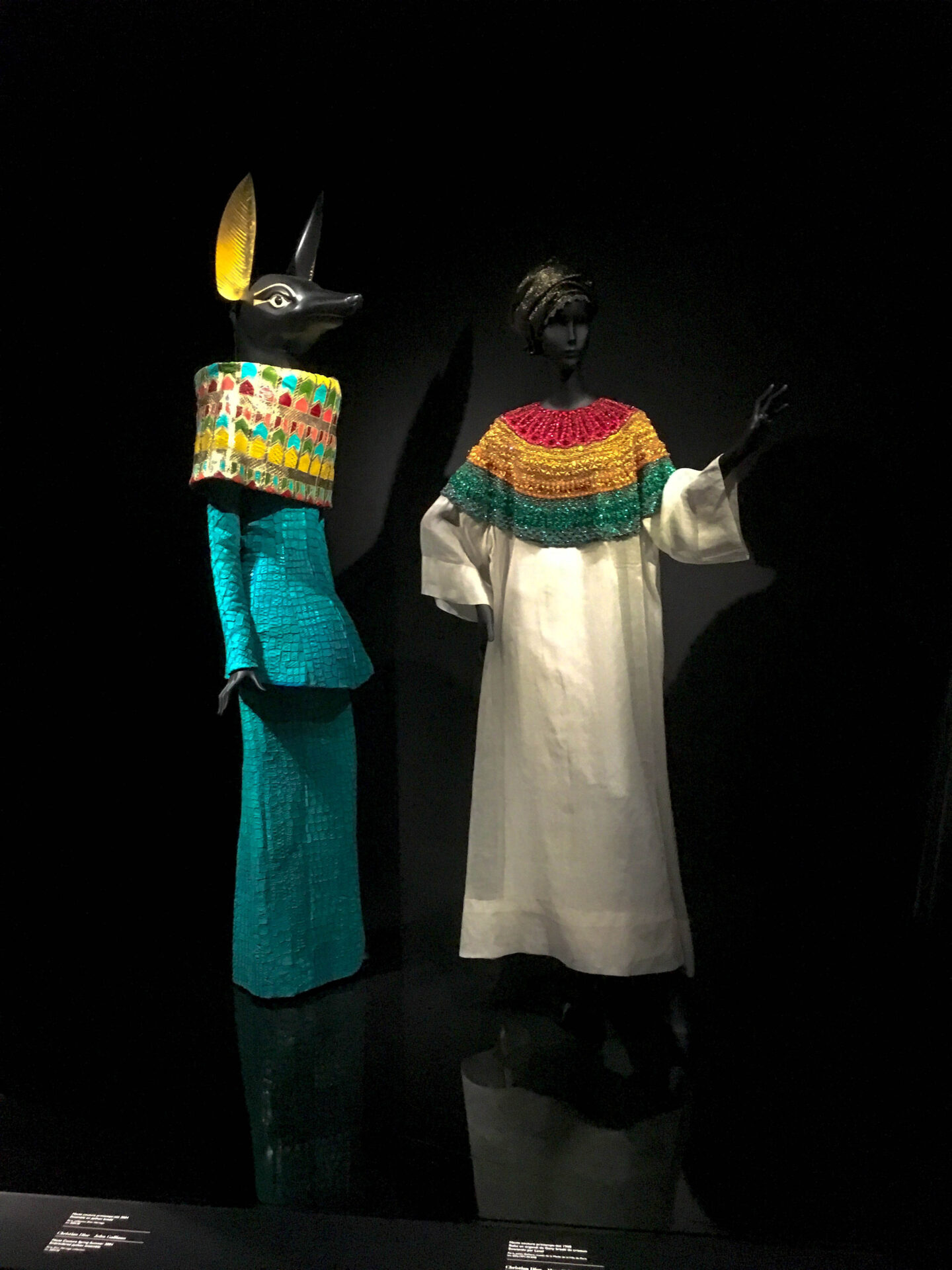
Fashion Design. Love it or hate it—It’s here to stay!
There are five main sectors of fashion regarding garments;
1) Haute Couture
2) Pret a Porter (Ready to Wear)
3) Contemporary
4) Fast Fashion
5) Activewear
Today I will just focus on Haute Couture since there is a lot to cover. In my future blog posts I will discuss the other four.
Haute Couture means “high” (haute) “dressmaking” (couture) in French. There are certain pre requisites for a garment to be considered Haute Couture in the fashion world. And trust me, it’s quite a list. For starters, the Haute Couture garment needs to be mostly done by hand. A sewing machine is still used to sew it in the end, but there is a lot of hand sewing involved from start to finish.
The next distinctive feature of Haute Couture is that it is made-to-order clothing for private clients. Often the clients of couture clothing will have their own dress form in the fashion house with their specific measurements to be used to make their couture garment orders.

To be officially considered as a Haute Couture designer, one must be selected by the Chambre Syndicale de la Haute Couture. To be chosen, the design house must:
1. Design made-to order for private clients .
2. Have an atelier (workshop) that is separate from their regular (Pret a Porter) design atelier.
3. Employ at at least 15 full time staff for the Couture atelier.
4. Also must have at least 20 full time technical workers in one of their ateliers.
5. Present yearly a collection of both day and evening garments every Haute Couture season (January and July).
This is what the fashion world considers to be Haute Couture. For me, I understand why in some aspects, but I also feel some of the rules are too strict. It makes it so only certain people can be associated with Haute Couture, and unless you have an abundance of money to do so; it just won’t happen in your lifetime. It is very exclusionary and unfair.
As much as I love fashion, I don’t like the division it creates. But, that’s another topic for another day I will cover in this blog.
Back on topic: While studying my undergrad for fashion design I did take a class that specifically had the class go through the process of making a couture dress from start to finish. It is definitely a very long and energy-consuming process. The precision and love that goes into making a couture garment is worth it in the end though. A lot of the Couture techniques I learned I used for my benefit in regular garment making (such as sewing the dreaded hidden zipper—more on that later).
I also did do a month long Master Class in Paris that focused on Haute Couture. I learned some small details that I did not know prior to this experience thanks to going on tour to the Embroidery Atelier Maison Lesage (which has been owned by Chanel since 2002). This atelier is basically where all the big name brands go to commission the embroidery work for their couture collections.
While there I asked one of the embroiderers how long they studied to be able to take the position at the atelier and they informed me that it takes 10 years to be considered experienced for the job. And by embroidery, this includes beading and feathers.

I could keep talking about Haute Couture but I will refrain myself from doing so. I find myself looking at different textiles (fabrics), and even indulging in looking at bridal dresses often (Im a sucker for beaded lace, I can’t help it). I will leave you all with some interesting facts for Haute Couture:
1. Haute Couture glues feathers individually to garments while Pret a Porter garments have them machine sewn on.
2. There can be Haute Couture elements to a garment or bag, but that is not enough to consider it a Haute Couture item without the prerequisites above.
3. Haute Couture can be sustainable since it involves quality materials, quality craftsmanship, and is made-to-order. The garment can last a long time.
4. When you are sewing many heavy layers (like for a coat), it helps to baste with silk cord thread. Very sturdy, but very rare to use.
5. Dior Haute Couture’s biggest client is the middle east, especially the Arab Gulf country, UAE.
That’s all for this post, I hoped you all learned something new!
Pollá efcharistó xoxo
Nadine
I love this haute couture 101 post! You are so knowledgeable in your craft that it’s something easy to digest in a post like this. Thanks for making it a pleasure to read – love the visuals! I’m looking forward to the next post that goes over the other four main sectors of fashion regarding garments.
Prior to reading this, I had no idea there was even 5 sectors when it came to fashion, that part in itself was very informative! I also really liked this explanation of haute couture, so cool to find out just one different perspective of fashion design. Also loved the visuals, so beautiful!